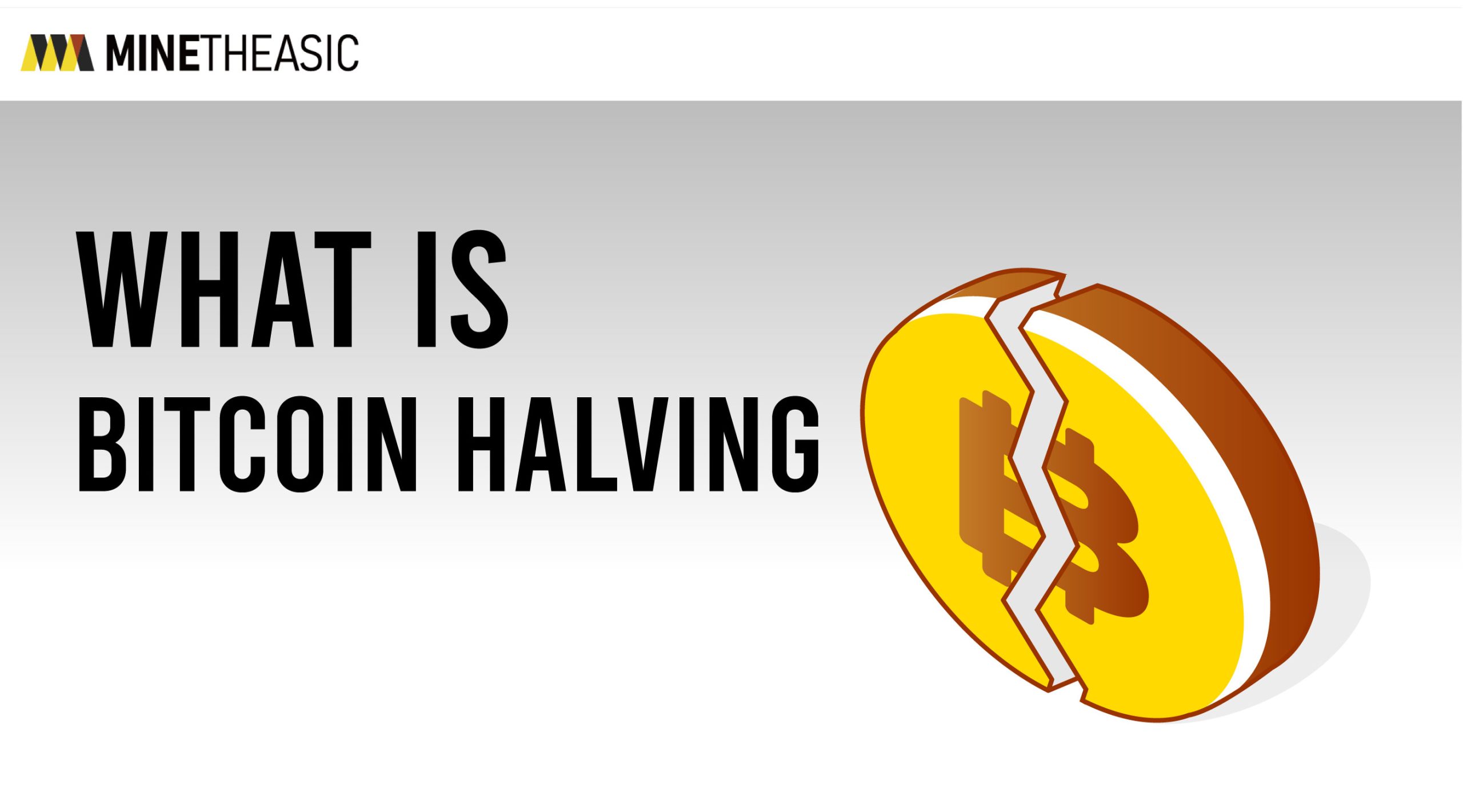In recent years, with the popularity of Bitcoin in the currency world, there has been a frenzy of entering the cryptocurrency . Many people who speculate in coins have earned the first bucket of gold in their lives, and some people have left the currency circle sadly after a period of time. Then For many novices who are new to the cryptocurrency, how to prevent risks and rationally view the revenue and losses of the currency circle? Especially when another bear market is coming at the end of 2022, how can we survive it?
What Are Crypto Bull and Bear Markets?
Crypto bull and bear markets are terms used to describe the market conditions in the world of cryptocurrencies.

A bull market refers to a situation where the price of cryptocurrencies is rising, and there is an optimistic outlook on the market’s future. In a bull market, investors are optimistic and have confidence in the growth potential of the crypto industry, leading to an increase in demand and price.
On the other hand, a bear market refers to a situation where the prices of cryptocurrencies are falling, and there is a pessimistic outlook on the market’s future. In a bear market, investors are usually anxious and fearful, leading to a decrease in demand and price.
Bull and bear markets in the crypto industry can be driven by various factors, including news and events, market sentiment, government regulations, and technological advancements. It is essential to understand the market conditions and trends before investing in cryptocurrencies to avoid significant losses.
How a Bear Market in cryptocurrencies Happened
A bear market in cryptocurrencies happens when the prices of cryptocurrencies are falling or experiencing a prolonged period of decline. There are several factors that can contribute to a bear market in cryptocurrencies, including:

Regulation: Governments and regulatory bodies around the world have been scrutinizing cryptocurrencies and their underlying technology, blockchain, in recent years. The introduction of new regulations or restrictions on cryptocurrencies can cause investors to become wary and sell their holdings, leading to a bear market.
Market Manipulation: Cryptocurrency markets are susceptible to market manipulation, which can cause sudden and severe price movements. Whales, or individuals or groups with large amounts of cryptocurrency holdings, can manipulate the market by buying or selling large amounts of cryptocurrency at once, causing the price to rise or fall.
Speculative Trading: Cryptocurrencies are highly speculative assets, and many investors buy them with the expectation of making a quick profit. When the market becomes saturated with speculators, it can cause a bubble that eventually bursts, leading to a bear market.
Technological Flaws: Cryptocurrencies and blockchain technology are still relatively new, and there are still many technical flaws that need to be addressed. Issues such as scalability, security, and interoperability can cause investors to lose confidence in the technology, leading to a bear market.
External Factors: External factors, such as global economic events, can also contribute to a bear market in cryptocurrencies. For example, a recession or financial crisis can cause investors to sell their cryptocurrency holdings to meet their financial obligations, leading to a decline in prices.
Overall, a bear market in cryptocurrencies can happen due to a combination of factors, including regulation, market manipulation, speculative trading, technological flaws, and external events.
Is a bear market inevitable? Are there any rules in the bear market?
A bear market is a market condition in which securities prices are falling, and investor sentiment is negative. While it is possible for markets to go through periods of extended declines, it is important to note that no market condition is inevitable, and there is always the potential for positive economic growth.
That being said, bear markets do occur from time to time, and they can be difficult to navigate for investors. Some rules that investors may want to consider in a bear market include:
Stay diversified: Diversification is key to managing risk in any market condition, and it is especially important in a bear market. Investors should consider holding a mix of different asset classes, such as stocks, bonds, and cash, to help mitigate the impact of market declines.
Be patient: Bear markets can be a long and painful process, but it is important to remember that markets are cyclical. Historically, bear markets have eventually given way to bull markets, and investors who have remained patient have been rewarded.
Don’t try to time the market: It can be tempting to try to time the market by selling before prices fall too far and buying back in when they start to recover. However, market timing is notoriously difficult, and attempting to do so can often lead to missed opportunities and increased transaction costs.
Stay disciplined: Investors should have a plan in place for how they will respond to a bear market, and they should stick to that plan even when emotions are running high. This may involve rebalancing their portfolio, investing in defensive sectors, or simply holding steady and riding out the storm.
Overall, while a bear market may be a challenging environment for investors, there are strategies that can be employed to help mitigate the impact of market declines and position portfolios for long-term success.
How to deal with the bear market or winter of cryptocurrencies?
Dealing with a bear market or winter of virtual currencies, such as Bitcoin or Ethereum, can be challenging, but there are some strategies you can consider:
Diversify your portfolio: Do not put all your eggs in one basket. Consider diversifying your virtual currency holdings with other assets like stocks, bonds, or real estate.
Hold on: Do not panic and sell your virtual currencies at the bottom of the market. Historically, the virtual currency market has recovered from downturns, and holding on to your assets may result in higher returns over time.
Research and stay informed: Keep yourself up-to-date with the latest news and developments in the virtual currency market. Follow trusted sources, and do not make investment decisions based on hype or rumors.
Consider buying the dip: If you have the financial resources and a long-term investment strategy, consider buying virtual currencies during a bear market or winter when prices are low.
Set stop-loss orders: Consider setting stop-loss orders on your virtual currency investments to limit your losses in case the market drops further.
Remember, virtual currency markets are highly volatile and unpredictable. There is no guaranteed strategy to succeed in these markets, and you should always invest within your means and risk tolerance.

If you are an ordinary miner facing a bear market in digital currencies, here are some steps you can take to navigate through the difficult times:
Reduce your operating costs: One of the most effective ways to survive a bear market is to reduce your operating costs. You can achieve this by minimizing your electricity consumption, negotiating lower rental rates, and optimizing your mining hardware to reduce its energy consumption.
Diversify your mining operations: If you are solely focused on mining a single cryptocurrency, consider diversifying your mining operations to other cryptocurrencies that are profitable to mine. This can help to spread your risks and reduce the impact of a downturn in a single market.
Be patient: During a bear market, it is essential to be patient and not panic. Cryptocurrency markets are known for their volatility, and prices can swing rapidly in both directions. Be prepared to wait for the market to recover, which could take months or even years.
Consider HODLing: If you have a long-term view of the cryptocurrency market, consider holding on to your mined coins rather than selling them immediately. This strategy may help you realize better profits when the market eventually recovers.
Keep learning: Stay up-to-date with the latest news and trends in the cryptocurrency market. This knowledge can help you to make informed decisions and stay ahead of the curve in a rapidly evolving industry.
Overall, it is essential to remain calm, patient, and strategic during a bear market in digital currencies. By diversifying your operations, reducing costs, and holding on to your assets, you can survive and even thrive during difficult times.

Overall, Bitcoin or Ethereum investment will go through a process of ups and downs. Gains and losses are mutual, and there are no lasting gains and no endless losses. A rational view of digital currency and its future development is the basic quality and morality of every participant. As an ordinary absenteeism, it is the best choice to prepare as many backup plans or retreats as possible during the cold winter of virtual currency. As long as the most difficult period is over, I believe that the industry will usher in another spring and the return of the bull market.


















